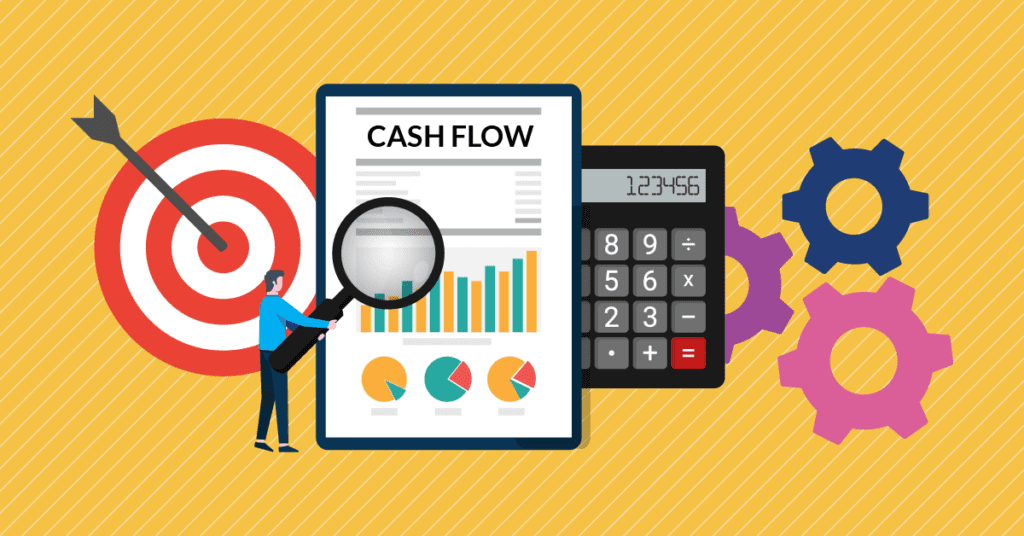Where Knowledge Meets Awareness

Cost-Volume-Profit (CVP) analysis is a financial tool used to study the effects of changes in cost and volume on a company’s profits. It helps managers understand the relationships between cost, sales volume, selling price, and profit. CVP analysis is essential for decision-making, budgeting, and financial planning.
Break-even analysis is a critical part of CVP analysis. It determines the sales volume at which total revenues equal total costs, resulting in zero profit. This point is known as the break-even point (BEP).
Break-Even Point (in units):
BEP = Fixed Costs / (Selling Price per Unit - Variable Cost per Unit)
Break-Even Point (in sales ₹):
BEP = Fixed Costs / P/V Ratio
The Profit-Volume Ratio is the ratio of contribution to sales. It measures the rate at which profit is earned with respect to sales.
P/V Ratio = Contribution / Sales
Higher P/V ratio indicates greater profitability.
The margin of safety represents the difference between actual or expected sales and the break-even sales. It shows how much sales can drop before the business reaches the break-even point.
Margin of Safety = Actual Sales - Break-Even Sales
Margin of Safety % = (Margin of Safety / Actual Sales) × 100
A break-even chart is a graphical representation of cost-volume-profit relationships. It typically shows fixed costs, total costs, and total sales revenue against units of production or sales volume.
This chart helps visualize the margin of safety, profit zone, and loss zone.




